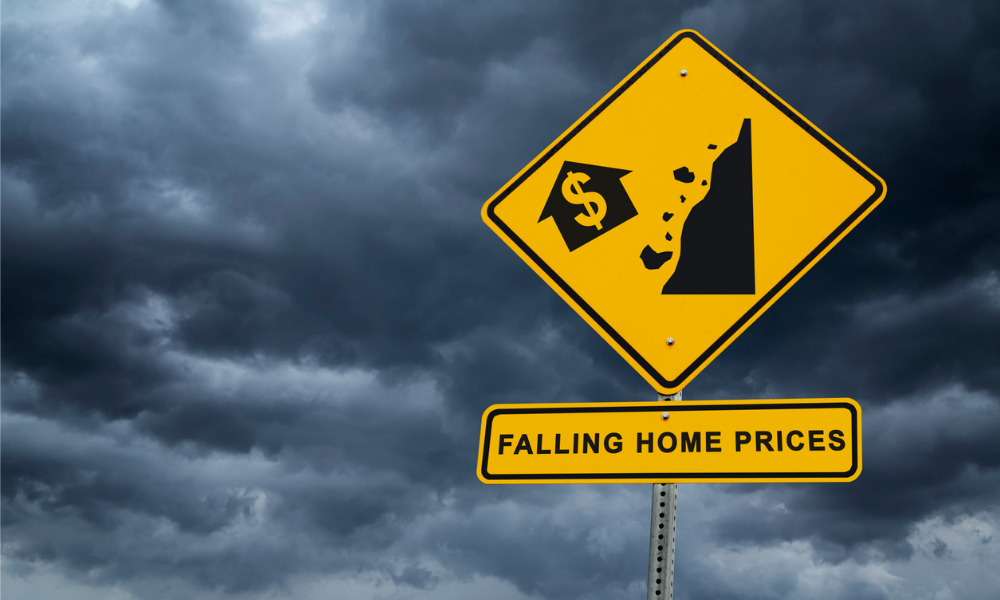After more than 50% surge from pandemic lows, Bank of Canada rate hikes are set to quickly cool frothy markets

Home prices in Canada have risen by more than 50% since the early epidemic lows, but they are now being put to the test.
Demographic and supply-side factors might have driven price improvements, alongside some adjustments in the economy and early COVID-19 pandemic factors. However, according to Robert Kavcic, Senior Economist at BMO Economics, more recent price movements have been driven more by excess demand, market psychology, and froth.
“Now, the Bank of Canada is on the scene and the market is softening sharply in some areas,” Kavcic said. “So, when we speak of a housing correction it’s not a question of if, but where, how much and for how long?”
He noted that since the early 1980s, real property prices in Canada have climbed at a rate of about 3% per year roughly reflecting inflation, real wage growth, and gradually lowering interest rates. Even as inflation has raced to multi-decade highs, real home values have increased by more than a third in less than two years, easily exceeding the long-run baseline growth pattern.
Real Canadian home prices were 38% above trend in Q1, when the market peaked, the largest divergence in the last 40 years. The most froth has accumulated in Toronto's suburbs and exurbs, according to this metric.
While Toronto prices have increased by 41% over the trend, exurbs (markets located 1-2 hours outside of Toronto) have increased by more than 70%, Kavcic said.
Alberta is a good example of a market that is still catching up to its long-term baseline after five years of dropping prices leading up to COVID. Other markets, such as Vancouver, Montreal, and Atlantic Canada, are bubbling, but not as much as Southern Ontario.
Kavcic argued that the current market reflects previous episodes of housing market excess and corrections that were caused by interest rate movements. After leaving policy too loose for too long, psychology and affordability have already been tested by just 75 bps of Bank of Canada tightening so far this year, and another 125 bps by year-end is expected. That effectively means that the market will go from being priced at mortgage rates of roughly 1.5%, to somewhere in the 3.75%-to-4.5% range, depending how bond yields evolve.
While it’s possible that a correction in housing prices could spread into longer-term economic weakness, BMO took a more tempered view. Based on history, Kavcic said, localized price corrections in Canada typically take 2-to-3 years to bottom out, and 4-to-5 years to completely recover.
With the exception of oil-driven markets in Alberta, interest rates have been the catalyst for every significant market correction since the 1980s, he noted.
“While a much cooler housing market will weigh on economic growth, we believe that this will be largely an asset-price phenomenon, with underlying fundamentals eventually setting a floor, and the financial system well protected,” Kavcic said.



